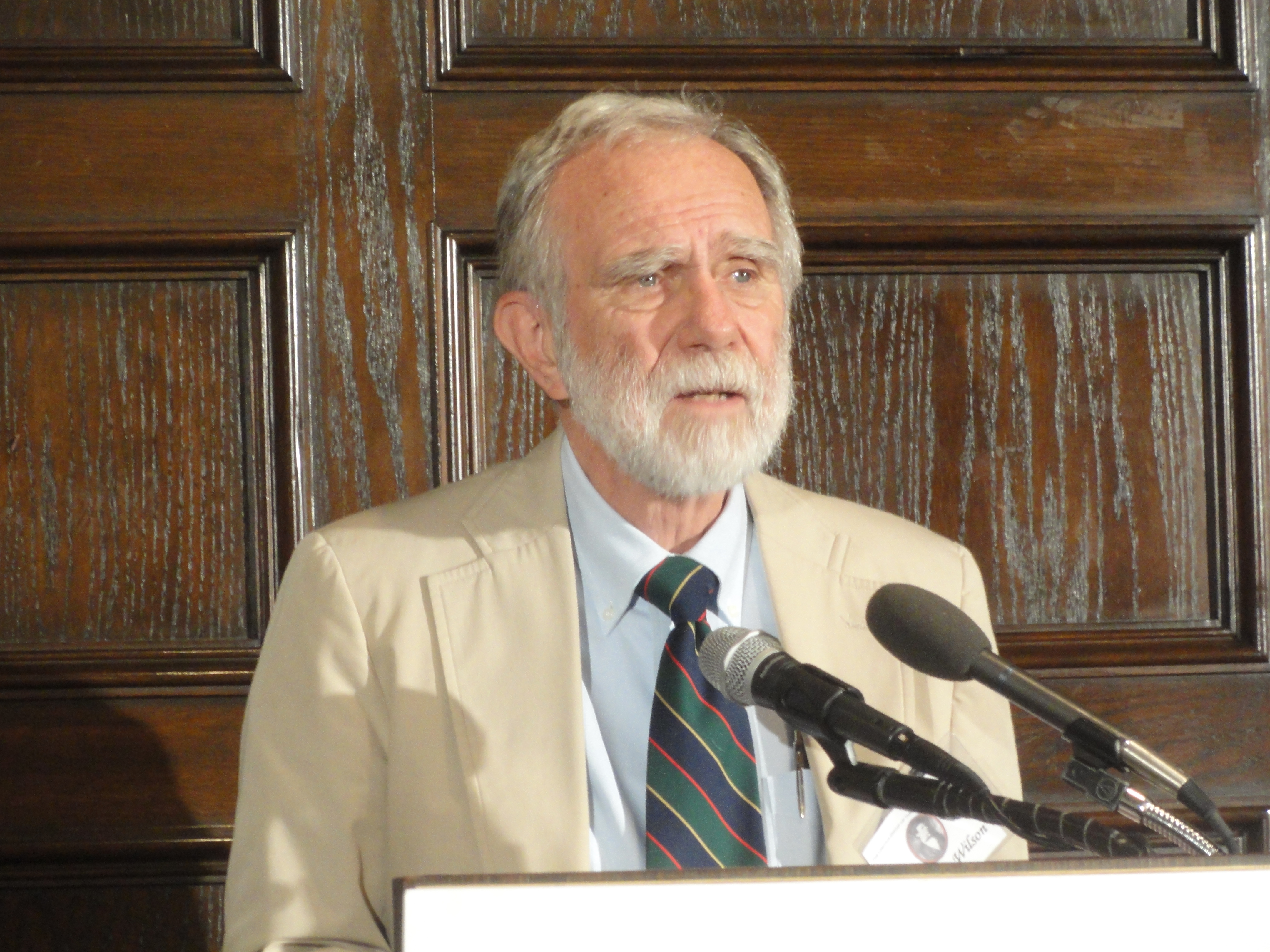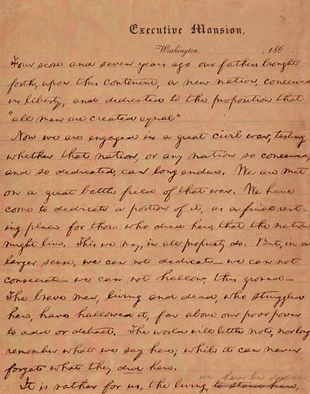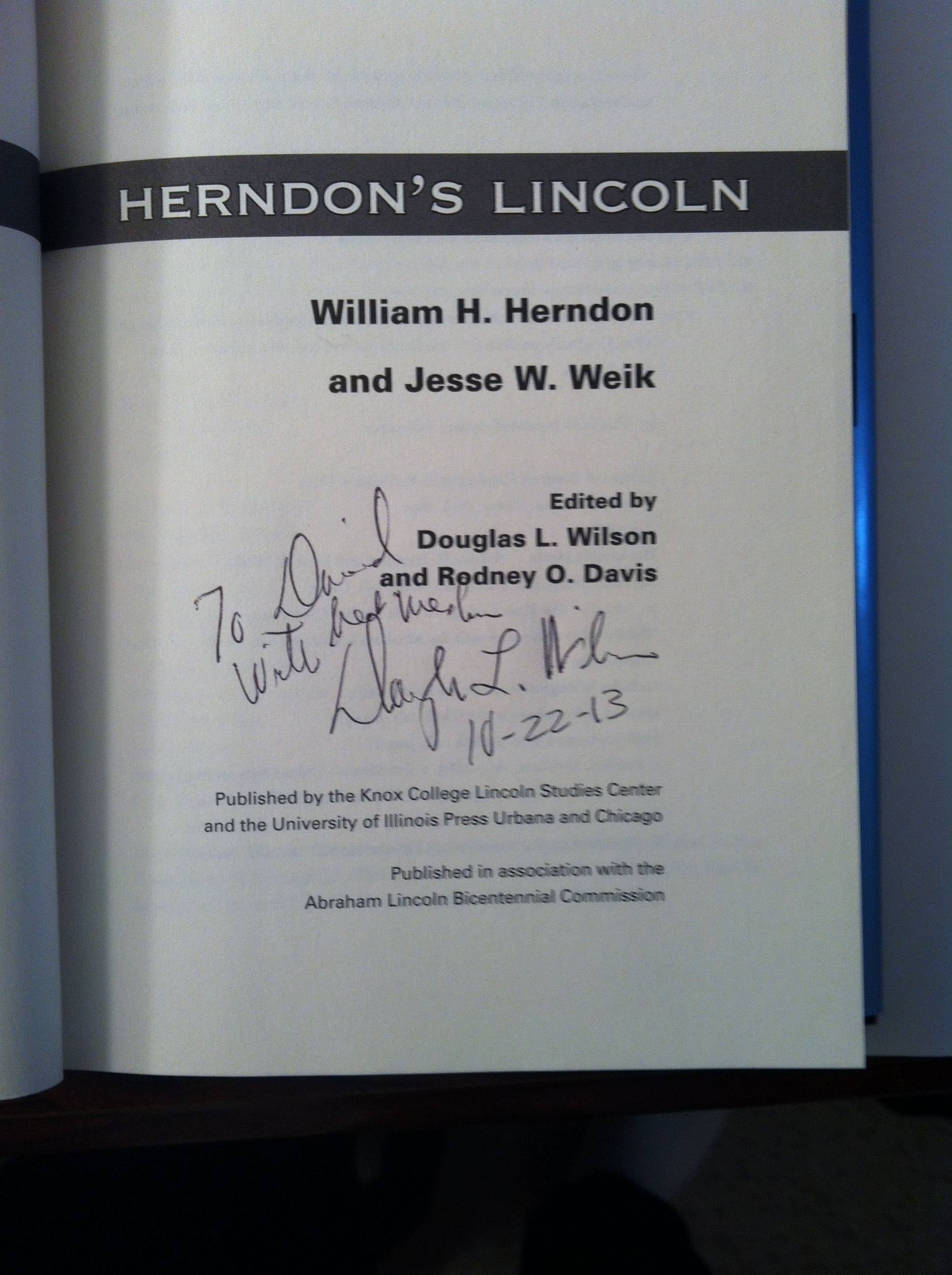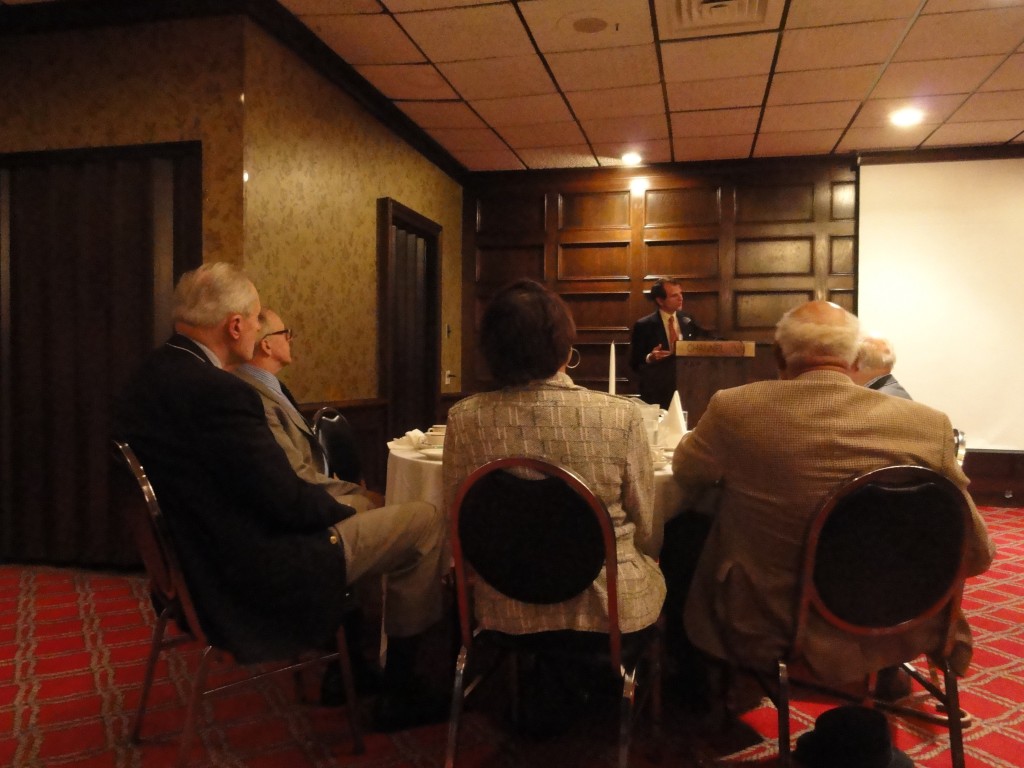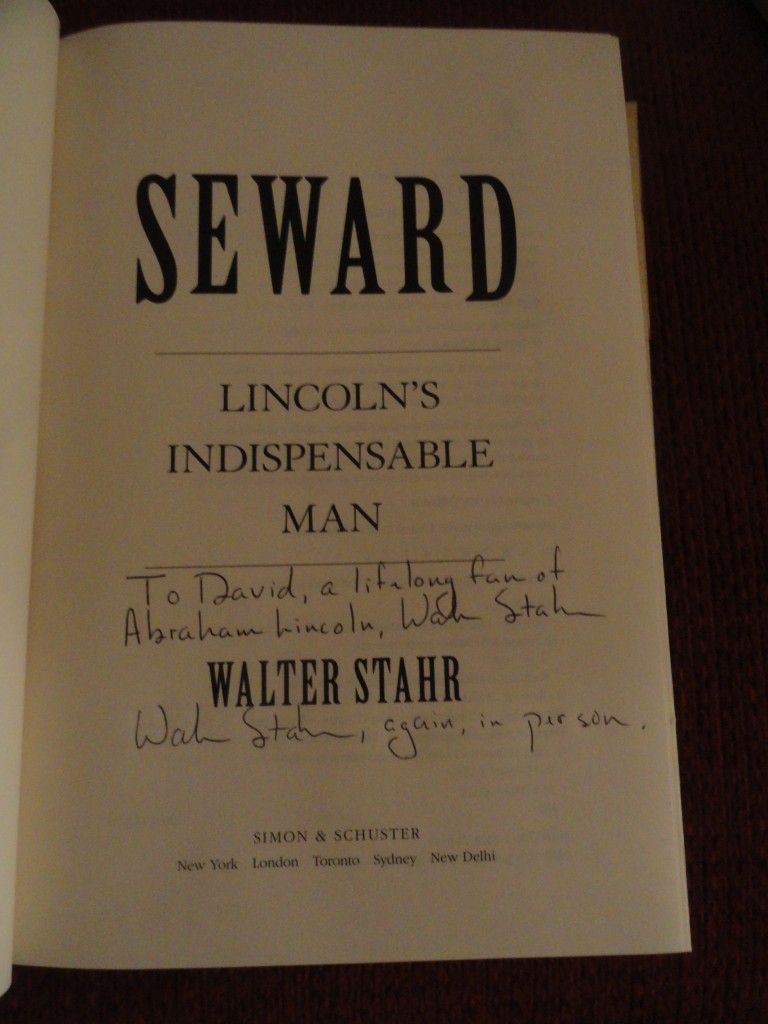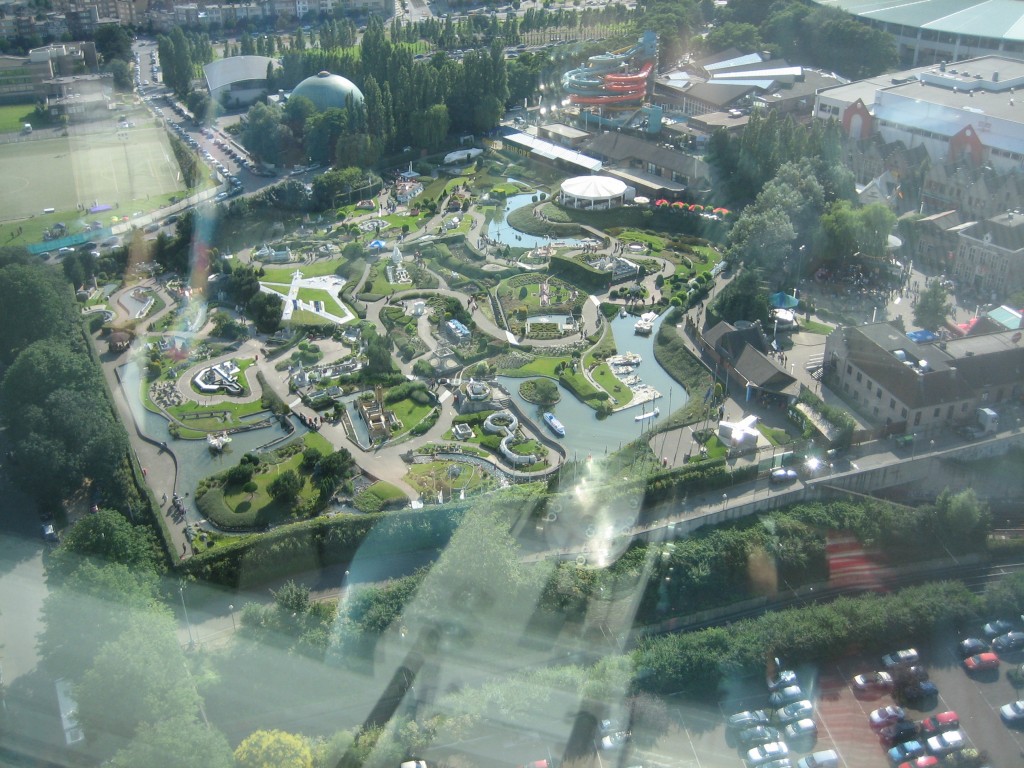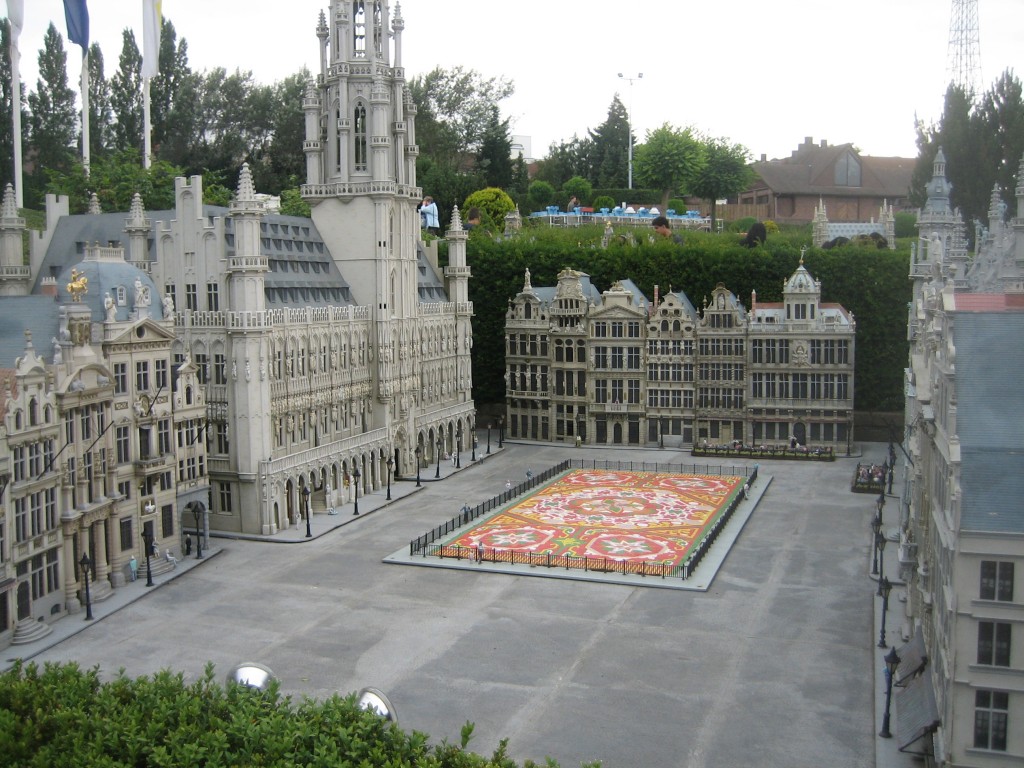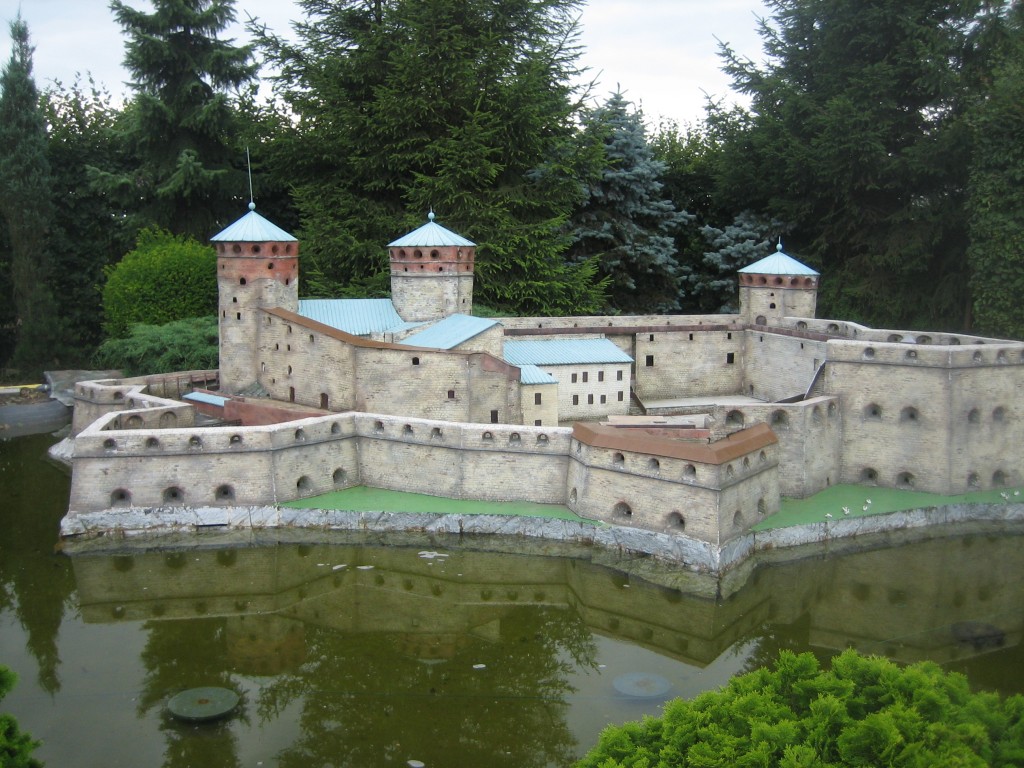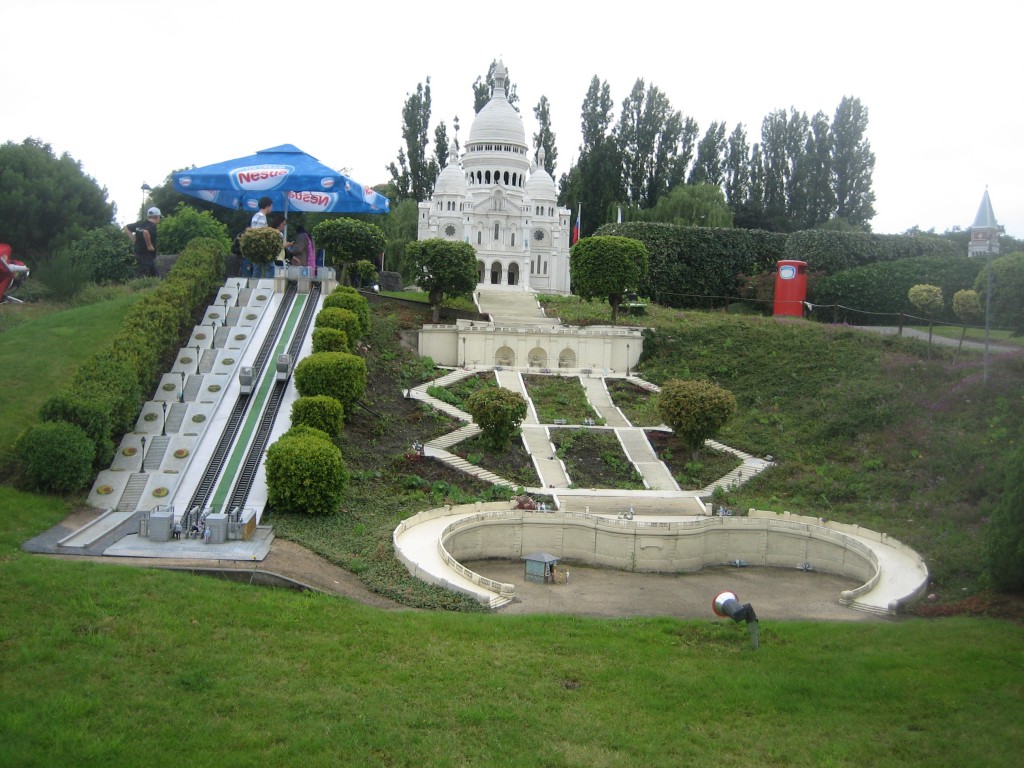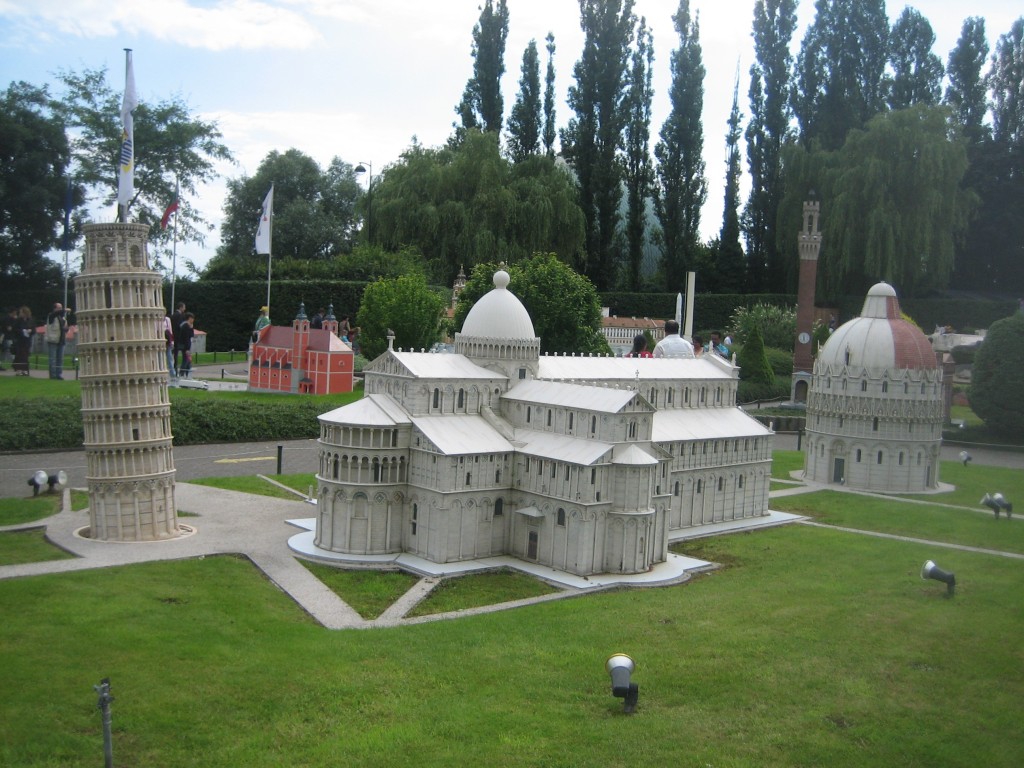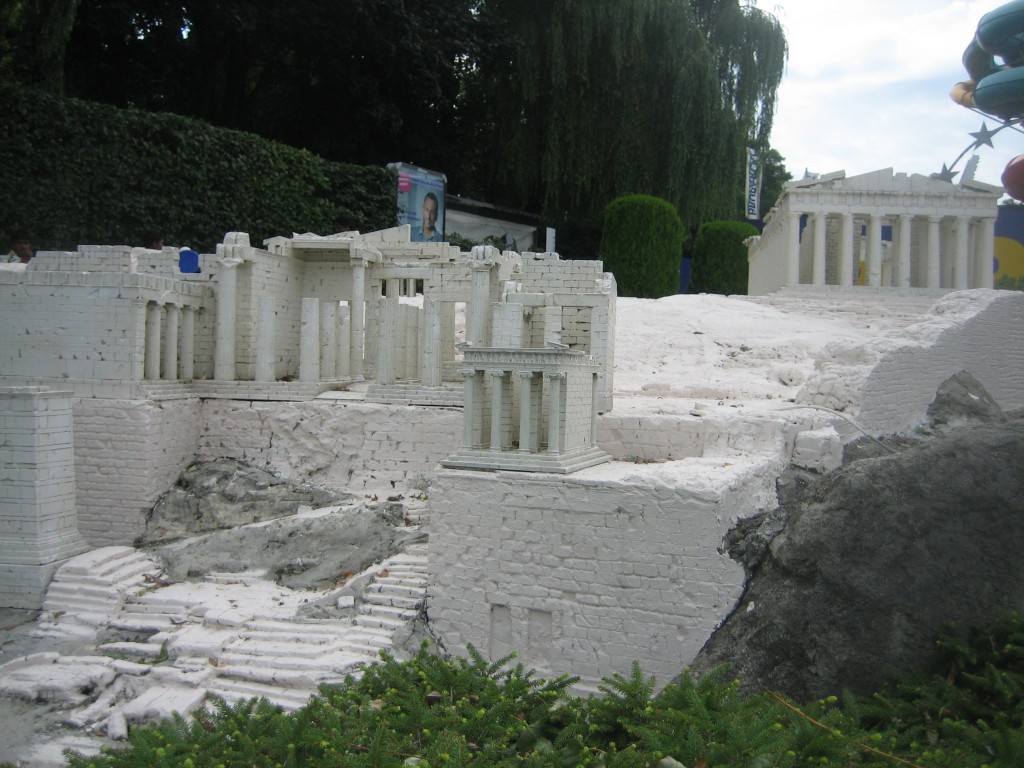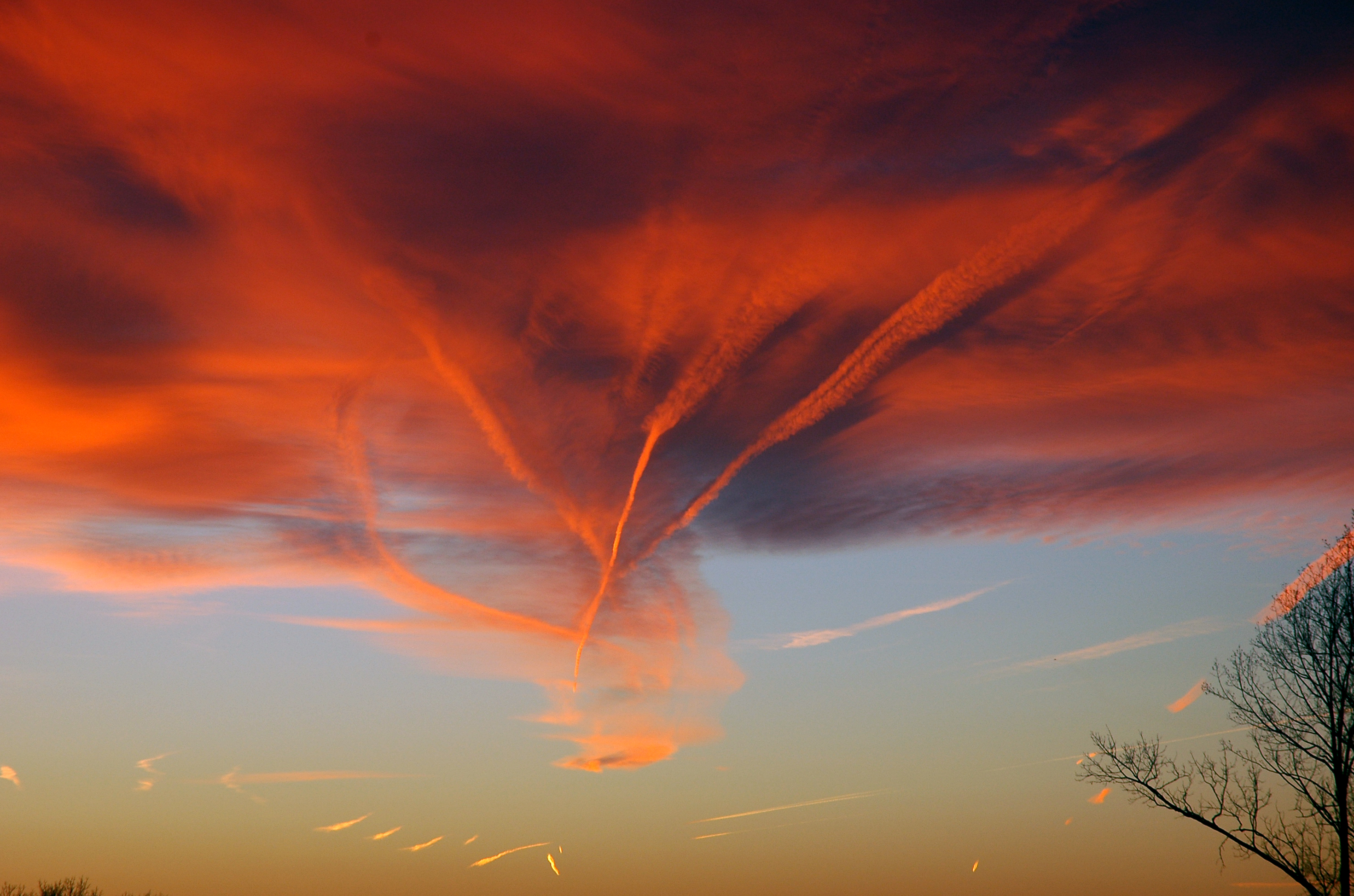The sign on the gravel road said “El Chaltén – 372 km.” Twenty minutes later, another sign many kilometers further along the same gravel road, again said “El Chaltén – 372 km.” This was already a long drive on a barely there road, even without the questionable signage. But it was worth it.
Three days into our Patagonian adventure we were headed for El Chaltén, the official Argentinian Trekking Capital. If you’re in El Chaltén it’s because you are there to hike into the mountains or you are there to support those who hike into the mountains. Nestled in the shadow of Cerro Fitz Roy within the confines of Los Glaciares National Park, this small village is all about trekking. And amazing scenery.
Arriving late after the long drive we checked into our cabaña, a wonderful log cabin complete with enough beds and hot showers for the five of us, a serviceable kitchen, and the most amazing wake-up view I’ve had in a long time.
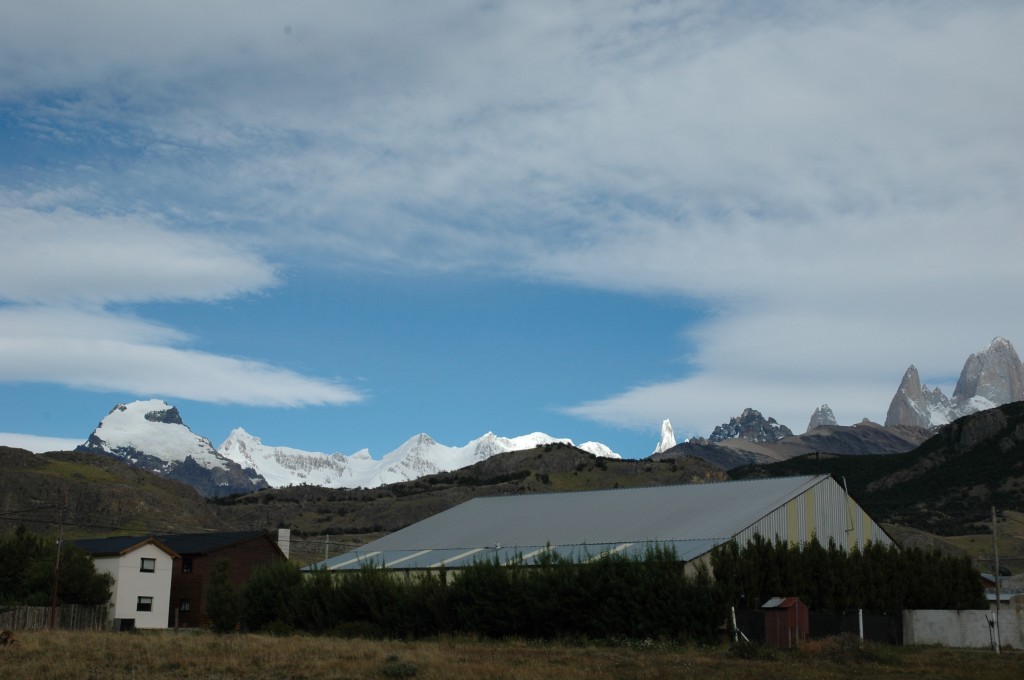
A quick breakfast of toast and dulce de leche (caramelized milk, a staple delicacy in Argentina) and we were on our way to Fitz Roy, which along with Cerro Torre dominates the skyline. Following yet another gravel road meandering along the banks of the Rio de las Vueltas, we stopped several times for the gorgeous views in the crisp mountain air. We were blessed with a beautifully sunny day, a day that would be both memorable and long.
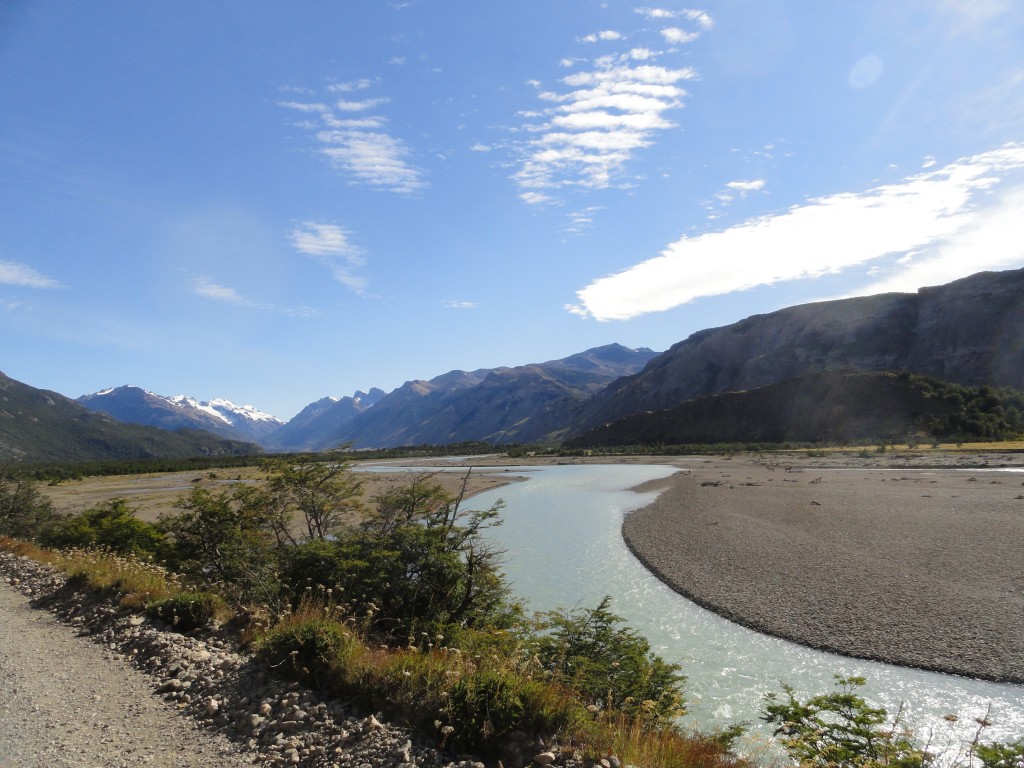
After an 18 km drive we parked near Hosteria El Pilar, a starting location that turned out to be fortuitous for our trip back. Hiking along the Rio Blanco we could see the three-peaked Fitz Roy beckoning us closer.
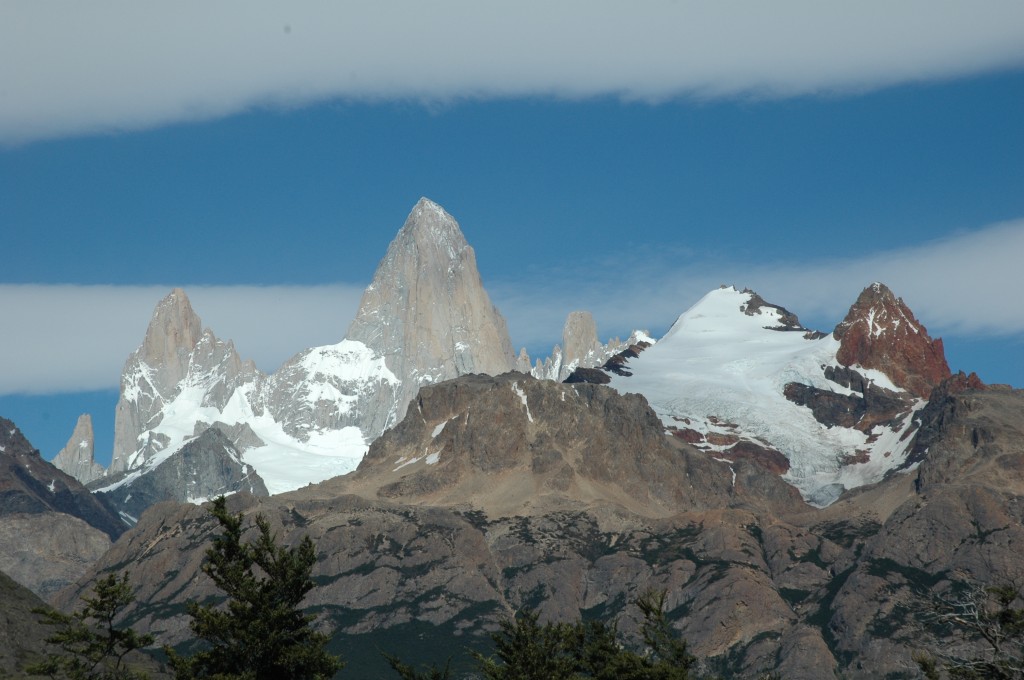
And closer we came. First we got near enough to see the Piedras Blancas glacier close up. This particular glacier flows from the cirque formed by Fitz Roy and continues to a lower level than glaciers we would see later. In the photo you can see Fitz Roy peeking over the hillock to the left, northeast of where Piedras Blancas reaches its small lake.
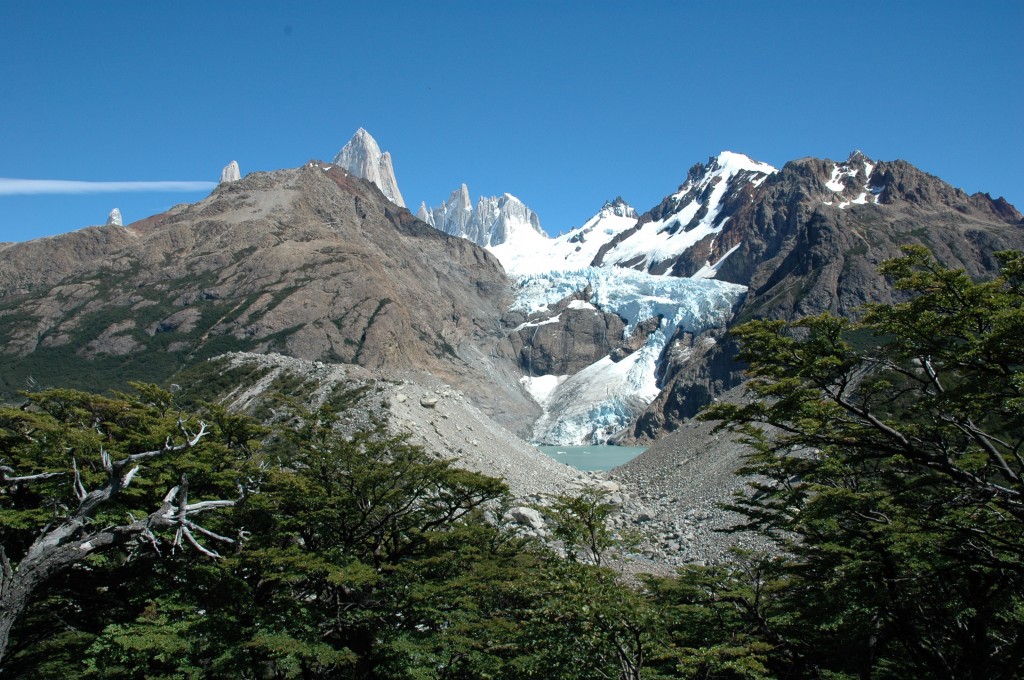
Like many glaciers worldwide, the Piedras Blancas glacier is retreating from its historical lengths. One feature that can be seen in the video below – a gorgeous glacial waterfall.
But our main goal was still ahead of us. Our trail totaled about 6 kilometers (each way). Most of the trail was easy hiking, but the last 1.4 kilometers were about as close to vertical as my legs could handle. At least a third of our four-hour trek to Fitz Roy was on this last section going up. What we found when we arrived was simply marvelous.
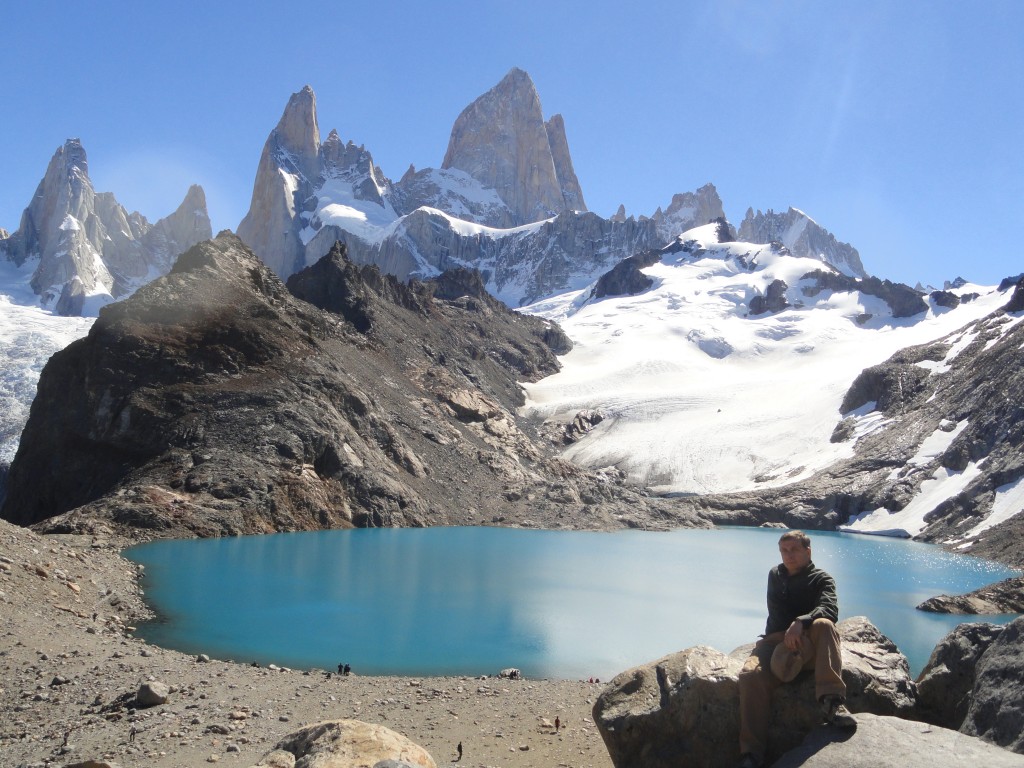
Sitting at the base of Fitz Roy’s main outcropping, which reaches an elevation of over 3400 meters (11,200 feet), is Lagos de los Tres. We were there in late summer (mid-February), so the glacier had retreated back from the edge of this greenish lake. Following along the lake to the left is another glacier, a waterfall, and another lake. The vista was so engaging that it was 5 pm before we started to think about the four hour hike back to where we parked. That hike ended up taking much longer due to a serious fall resulting in a story I later wrote called “The Break.”
Notwithstanding the added excitement, we had an amazing trek up to Cerro Fitz Roy and the various glaciers. An experience I won’t soon forget. Now, on to the next adventure.
David J. Kent is the author of Lincoln: The Man Who Saved America, scheduled for release in summer 2017. His previous books include Tesla: The Wizard of Electricity and Edison: The Inventor of the Modern World (both Fall River Press). He has also written two e-books: Nikola Tesla: Renewable Energy Ahead of Its Time and Abraham Lincoln and Nikola Tesla: Connected by Fate.
Follow me by subscribing by email on the home page. And feel free to “Like” my Facebook author’s page and connect on LinkedIn. Share with your friends using the buttons below.



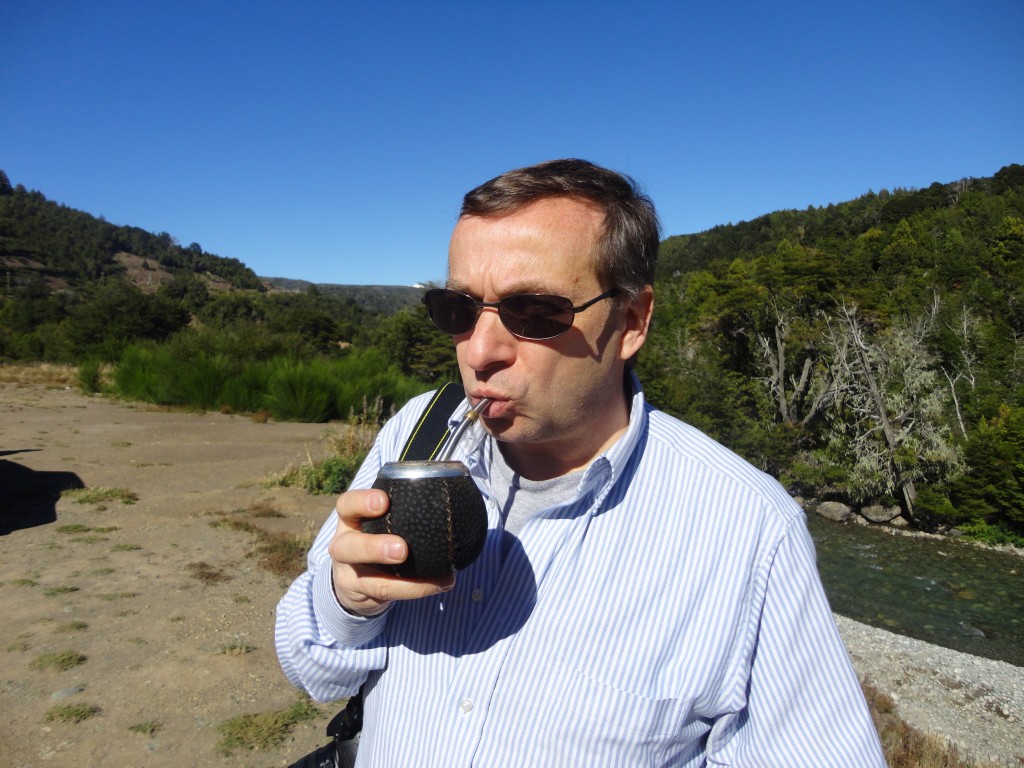
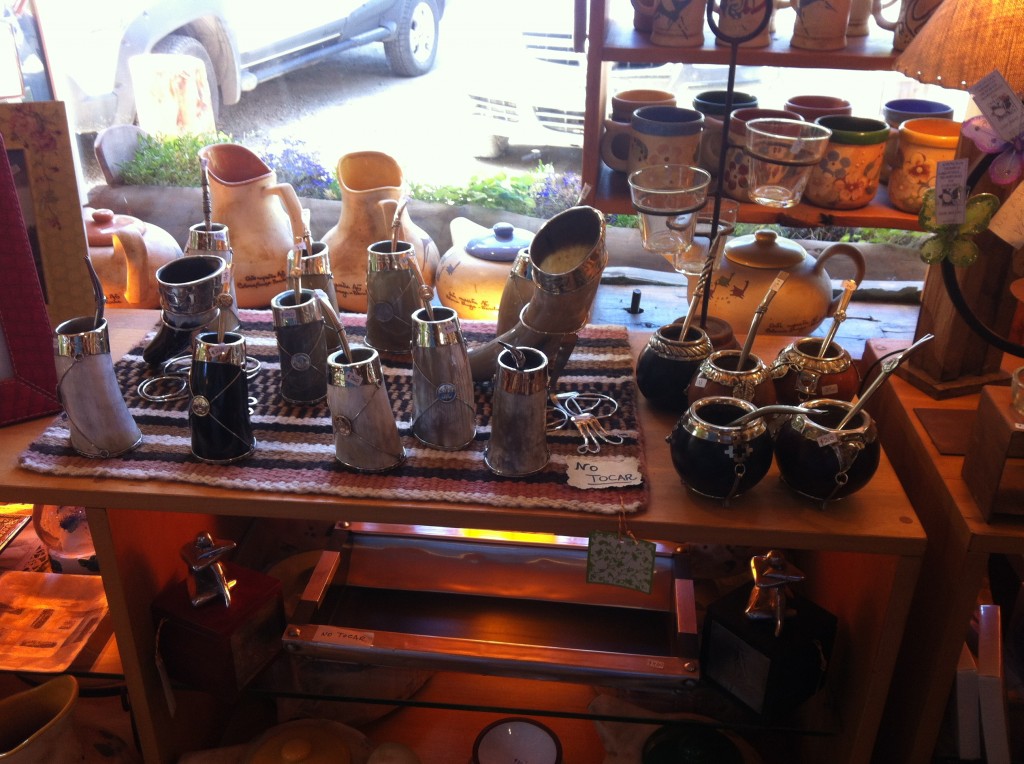
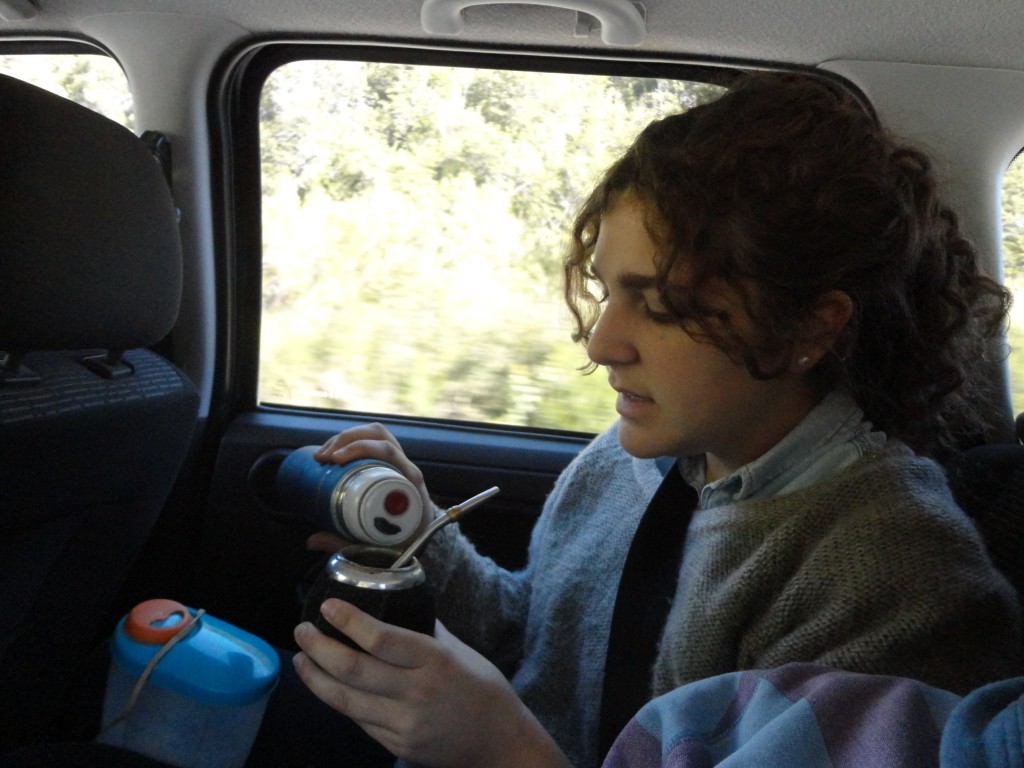
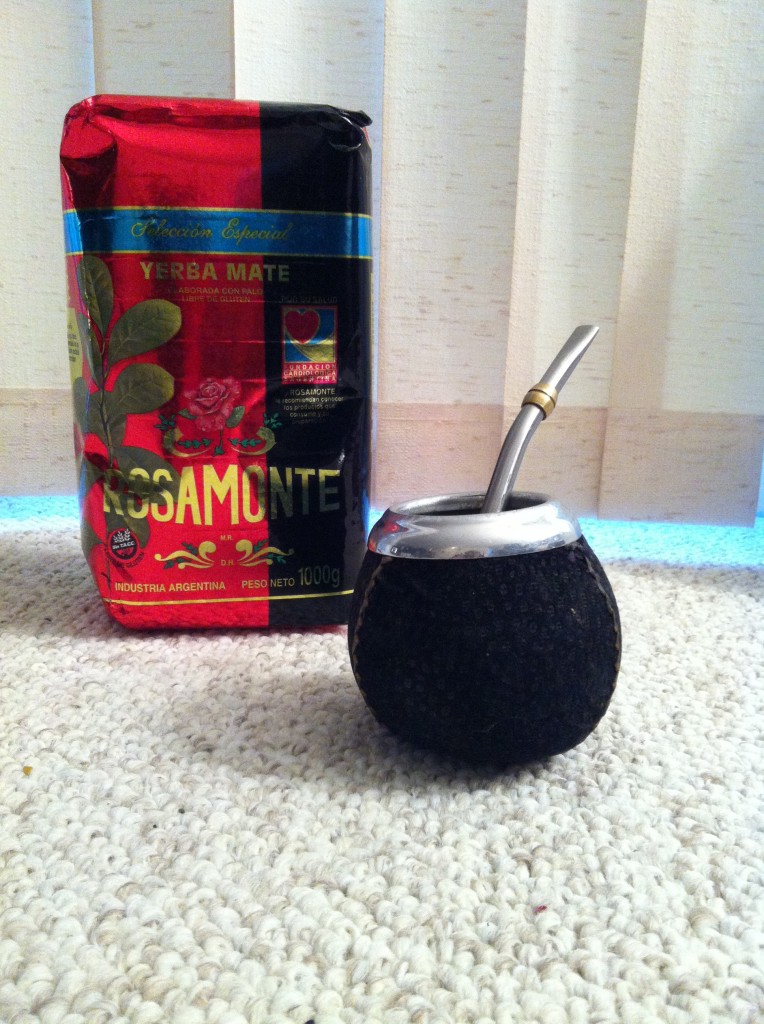
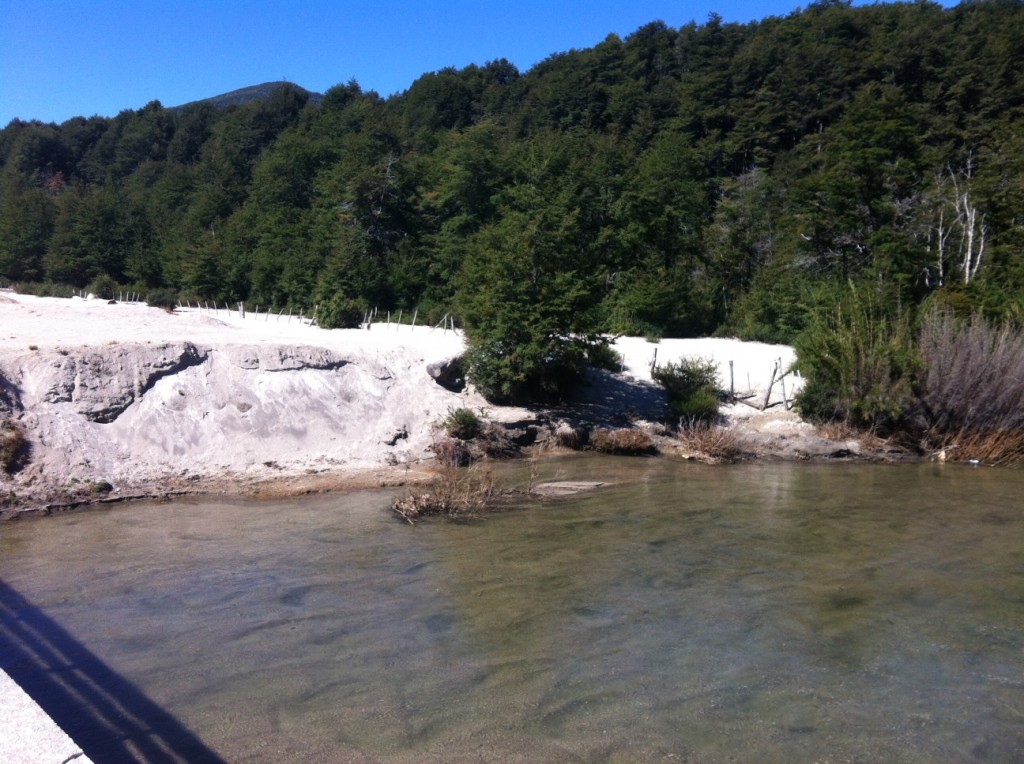
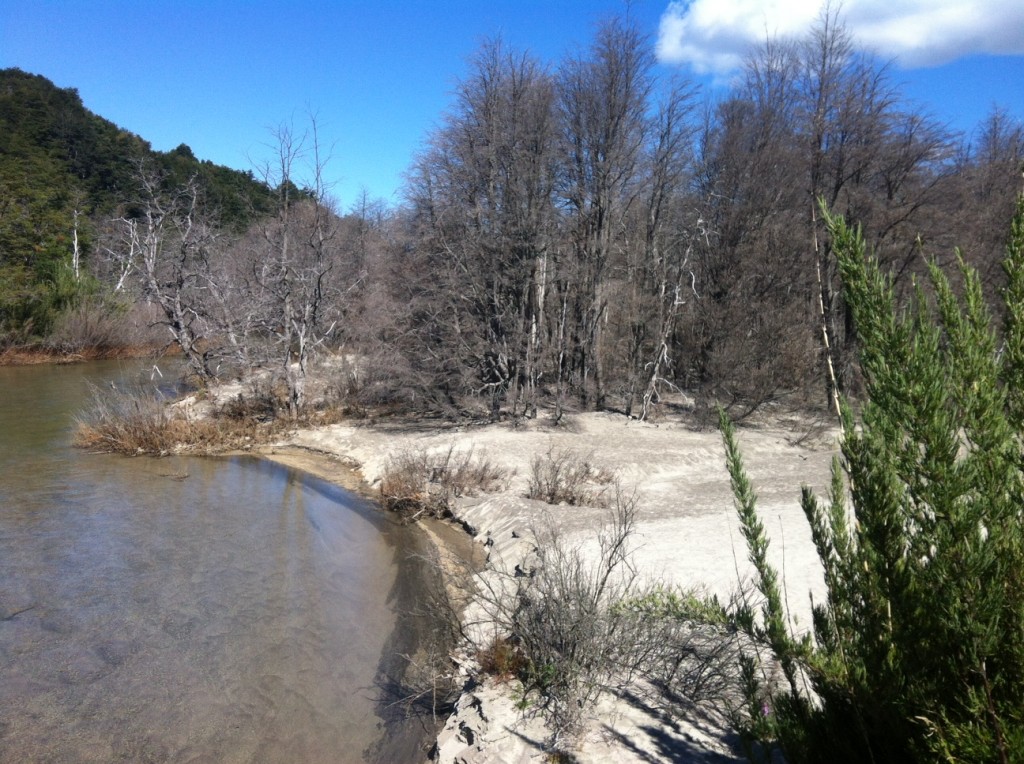
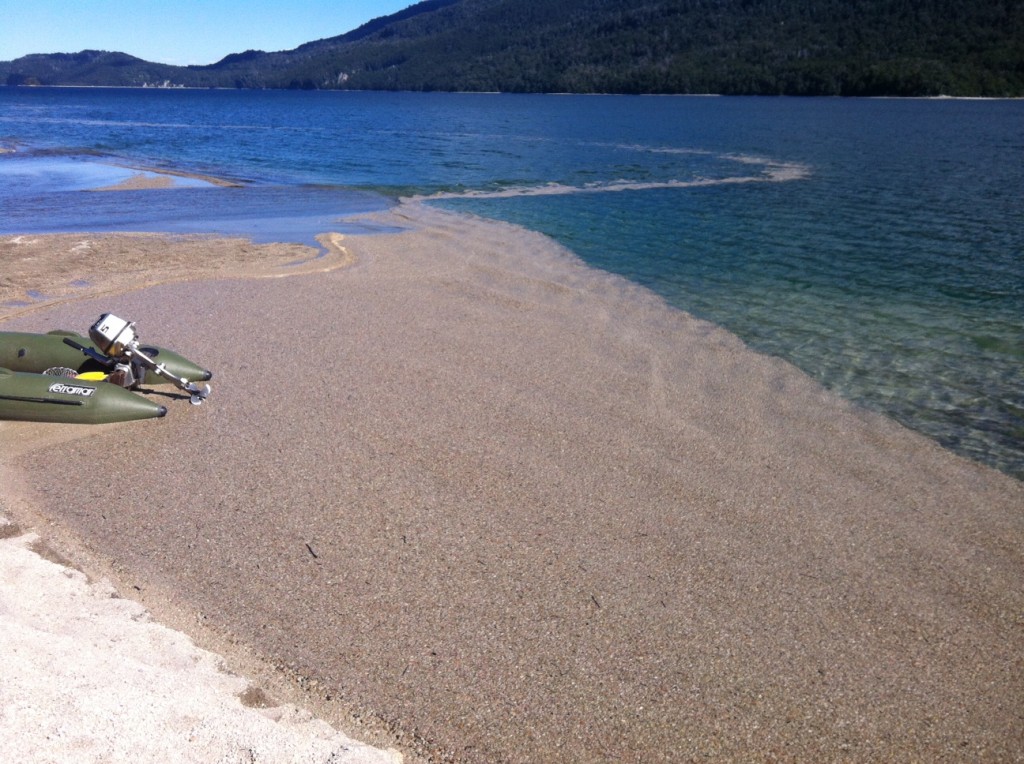
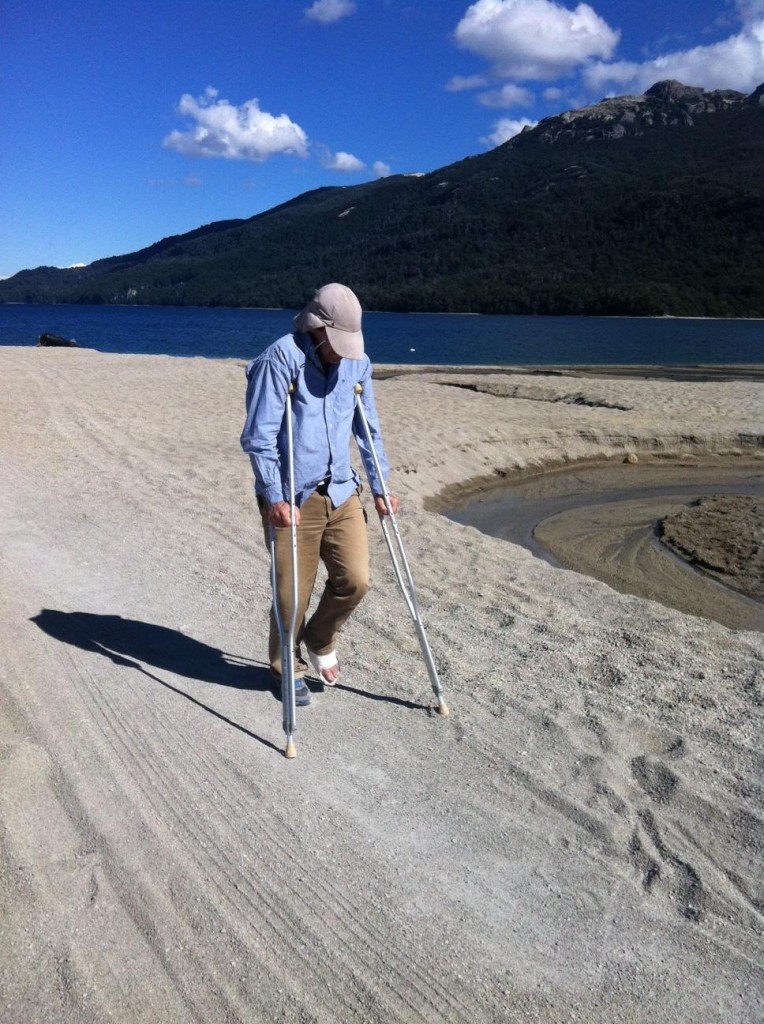
 I hope everyone is having a great holiday break. I’ll be back with more on Nikola Tesla later, but here’s a mini book review of The Crater by John Cannan (just published on
I hope everyone is having a great holiday break. I’ll be back with more on Nikola Tesla later, but here’s a mini book review of The Crater by John Cannan (just published on 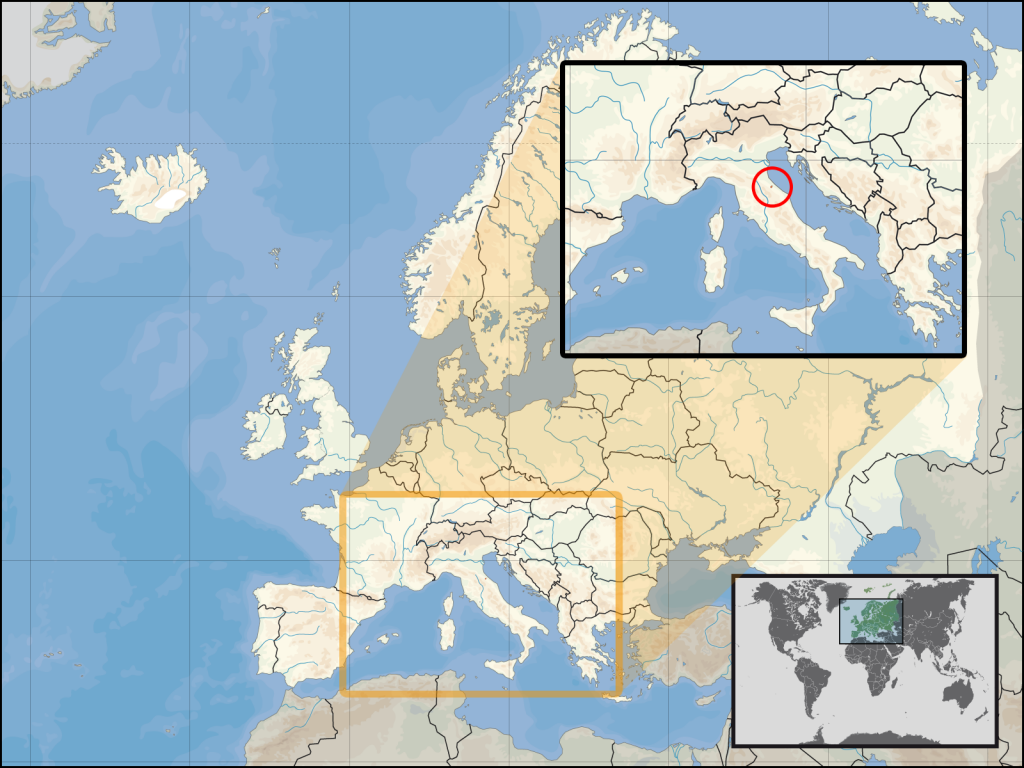
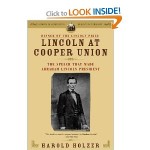 One would think the book’s subtitle “The speech that made Abraham Lincoln President,” would set up an unattainable expectation of greatness. After all, how could a book hold a candle to a great speech? Or perhaps the speech wasn’t so great after all and the author merely wanted to sell more books. And yet, I was wonderfully surprised to see that this really was an exceptional book about an exceptional speech.
One would think the book’s subtitle “The speech that made Abraham Lincoln President,” would set up an unattainable expectation of greatness. After all, how could a book hold a candle to a great speech? Or perhaps the speech wasn’t so great after all and the author merely wanted to sell more books. And yet, I was wonderfully surprised to see that this really was an exceptional book about an exceptional speech.